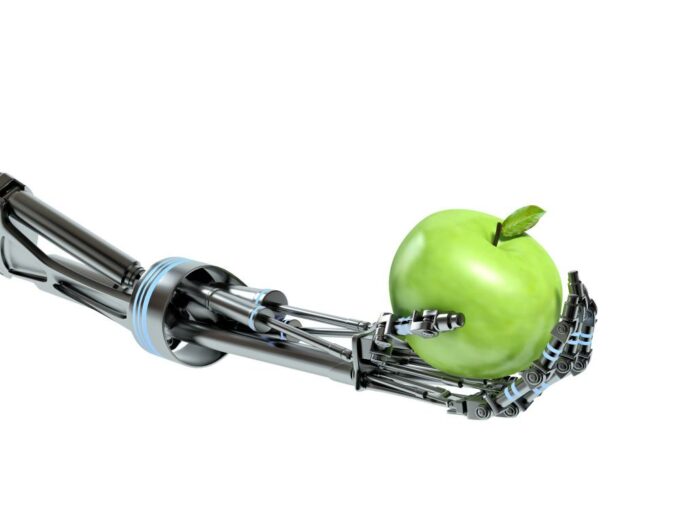Food administrations undertakings ought to have versatility in a stock of items while decreasing food squander. A new report by the Food and Agriculture Organization of the United Nations (FAOUN) uncovers that generally 1.6 billion tons of food for each year are either lost or squandered around the world, bringing about yearly misfortunes of USD 1.2 trillion.
With progressing resource shortage and an expanding worldwide populace, the UN has put an objective to eliminate food wastage considerably inside the following ten years. In any case, some IoT innovation firms like Eseye accept that food wastage could be limited by 20% by 2025, and billions of Internet of things (IoT) associated gadgets in food supply chains could be the appropriate response.
IoT to Reduce Food Waste
Huge amounts of consumable, nutritious food are squandered, however, how and where from? Does it get disposed of in the production cycle in the circulation community? From the moment food is created until it is devoured, food is broadly squandered all through its lifecycle. To address this worry, the public authority and the food business should profound jump into the universe of IoT.
With various sensors and cameras spread all over, IoT helps in gathering significant information progressively which can uncover experiences that will help the partners in settling on educated choices. Here is how the IoT innovation can help food not get squandered in various stages.
IoT can add to the production cycle. Food makers probably won’t understand it, yet a lot of food is squandered during the food-producing measure. The UN affirms that roughly 14% of food wastage occurs in the wake of reaping yet before arriving at shops and markets. As the food creation stage includes uncompromising hardware, the probability of the gear making harm crops is high. A portion of different variables incorporates spilling taking care of and putting away.
The initial step to take care of the issue is to distinguish the real reasons for food squander. What’s more, for this, following food burn through progressively is required. By inserting various sensors and cameras on the field, ongoing subtleties of the homestead can be gathered. Utilizing IoT sensors, ranchers can follow where precisely the food is getting squandered and take fitting measures to lessen it. Farmers as well as the public authority authorities can screen the food wastage.
As a result of inappropriate checking, the chances of died food getting rotted are higher. Aside from that, racks should be appropriately taken care of and kept up constantly. Internet of Things in retail can be utilized in such situations. Smart racks, furnished with different sensors can gather subtleties on how the food is being put away and kept up. The information at that point can be utilized to control developing conditions like water supply, helping precisely discover the best gather date, and subsequently, decide the measure of stock ought to be diminished from the start before it even enters the inventory network.
Alongside making hunger issues, food squanders likewise hurts the climate. The disposed of perishables advance toward landfills. During its rotting process, methane gas is radiated. As methane conveys about 25% more warmth than CO2, it harms the climate, expanding temperature and wellbeing chances. Food squander adds to 8% of worldwide ozone harming substance emanations. Consequently, utilizing IoT in the food inventory network helps battle the food squander as well as battles environmental change.
Follow and connect with us on Facebook, Linkedin & Twitter

